Savage Model 110 Ultralite
A New Rifle with a PROOF Barrel
feature By: John Haviland | January, 21
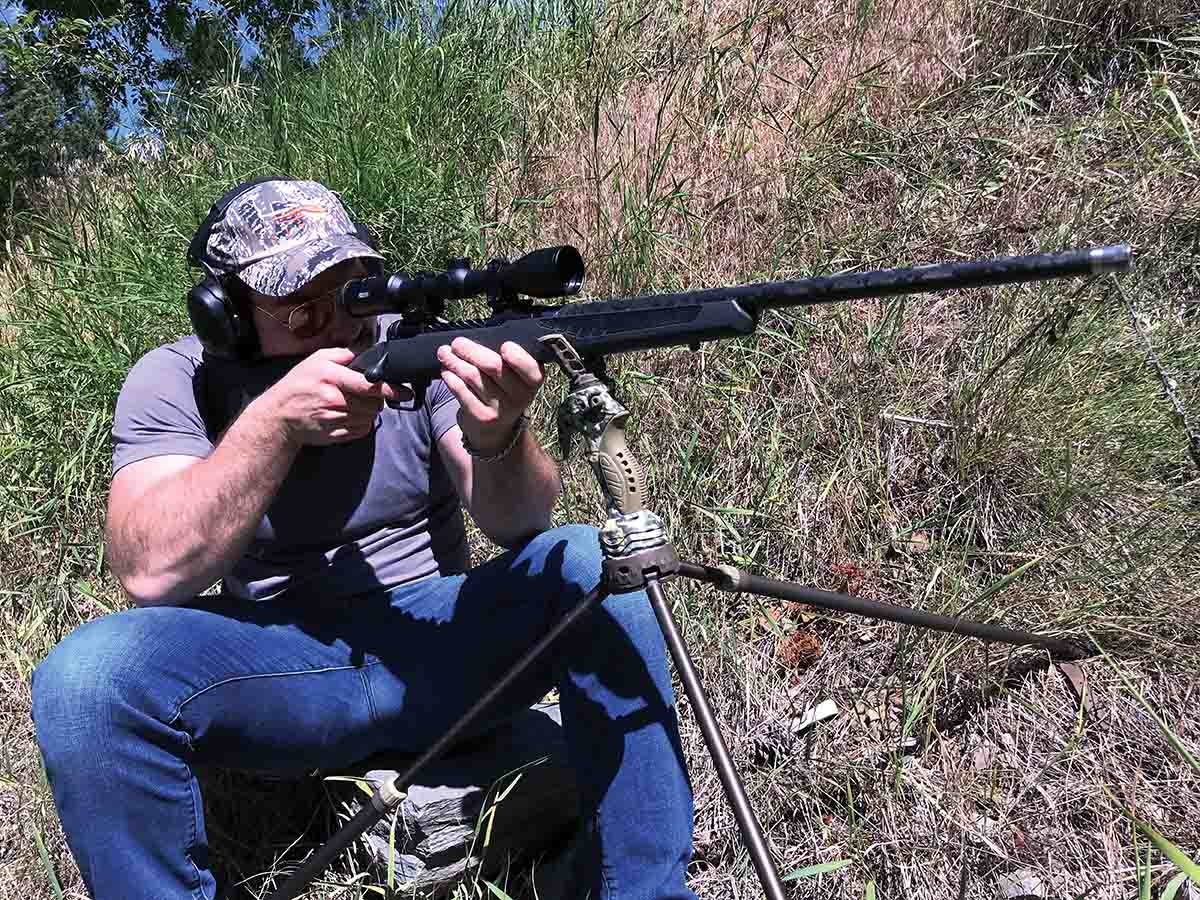
Savage has gained a lot of mileage out of its Model 110 rifle since it was first chambered in .30-06 and .270 Winchester, and introduced in 1958. In the years since, Savage has expanded the line to include Hunter, Tactical, Target, Long Range, Trophy and Varmint versions among other models chambered in a wide variety of cartridges. Moreover, the rifles have evolved over the years with improvements in the barrels, triggers, receiver bedding and wood and synthetic stocks.
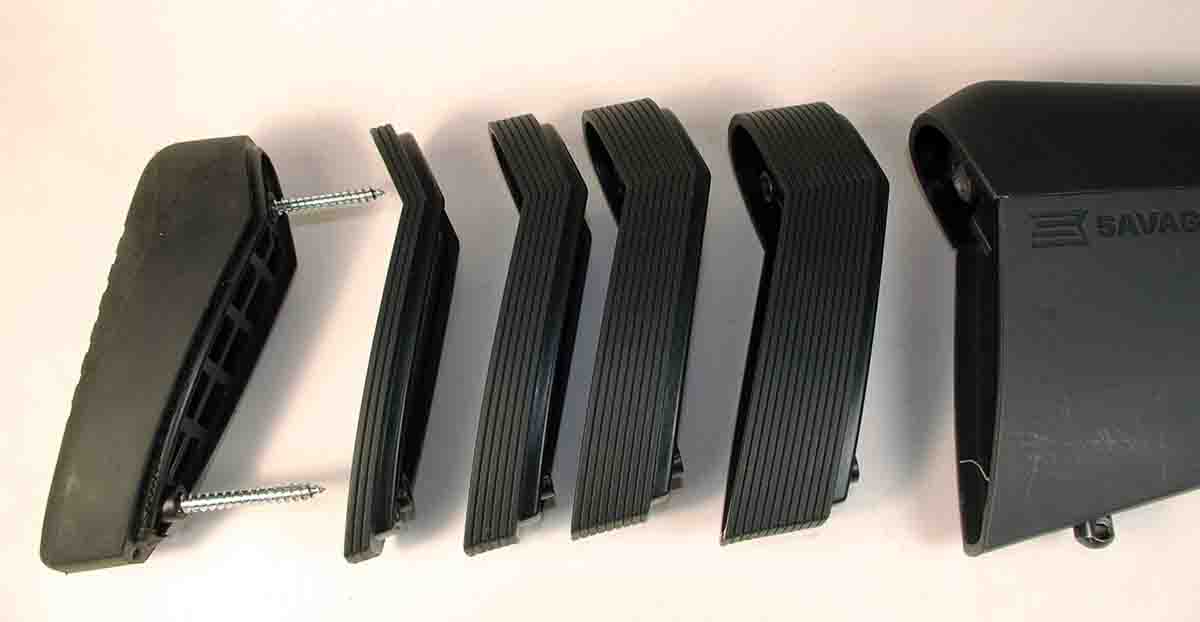
The Ultralite is one of Savage’s newest Model 110s and includes many of those enhancements. The Ultralite I’ve been shooting is chambered in .270 Winchester. Its PROOF Research carbon-wrapped barrel is its most distinguishing feature and largely why the rifle weighs slightly lighter than 6 pounds out of the box.
To make the barrels, PROOF’s firearms division starts with heat-treated 416R stainless steel barrel blanks and turns them down, except at the breach and muzzle, to significantly reduce their contour and weight. The barrel is wrapped with a “high-strength, aerospace-grade carbon fiber impregnated with a proprietary matrix resin developed by our advanced composites division,” according to PROOF. Once a barrel is finished to its final profile, rifling is cut in the bore.
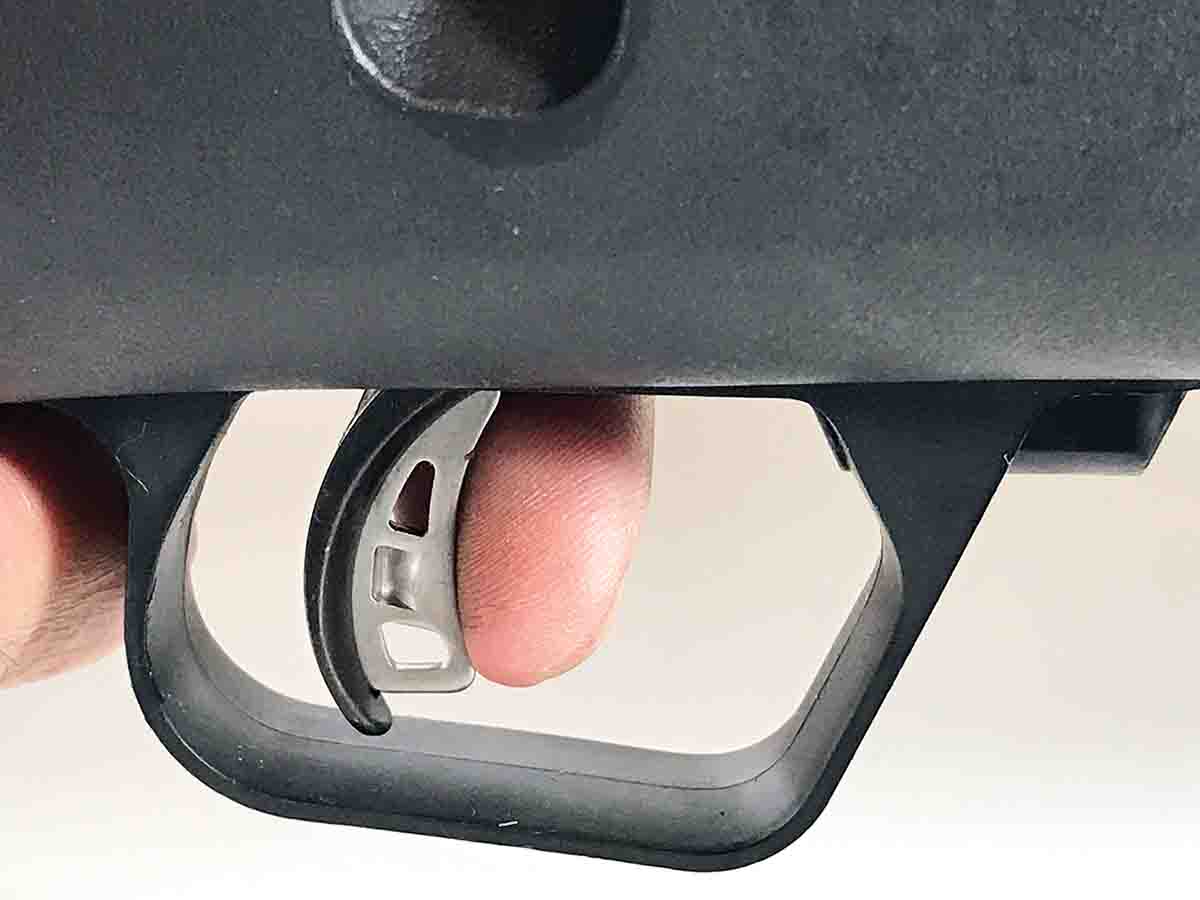
PROOF states its carbon fibers diffuse heat relatively quickly through the wall of a barrel and also along its length, resulting in a barrel that cools faster, maintains accuracy longer over a shooting session and provides longer barrel life.
The Savage Ultralite features a Sendero Light contour barrel that is 1.20 inches in diameter at the breach and tapers over its 22-inch length to .770 inch, with an approximate weight of 3 pounds. The muzzle is threaded to accept a brake or suppressor. The carbon fiber did rapidly dissipate heat from shooting a string of .270 cartridges. The barrel was only lukewarm to the touch after quickly firing 12 shots. You can almost light a cigar on a regular steel barrel after firing that many shots, and a similar all-steel barrel weighs about 2 additional pounds.
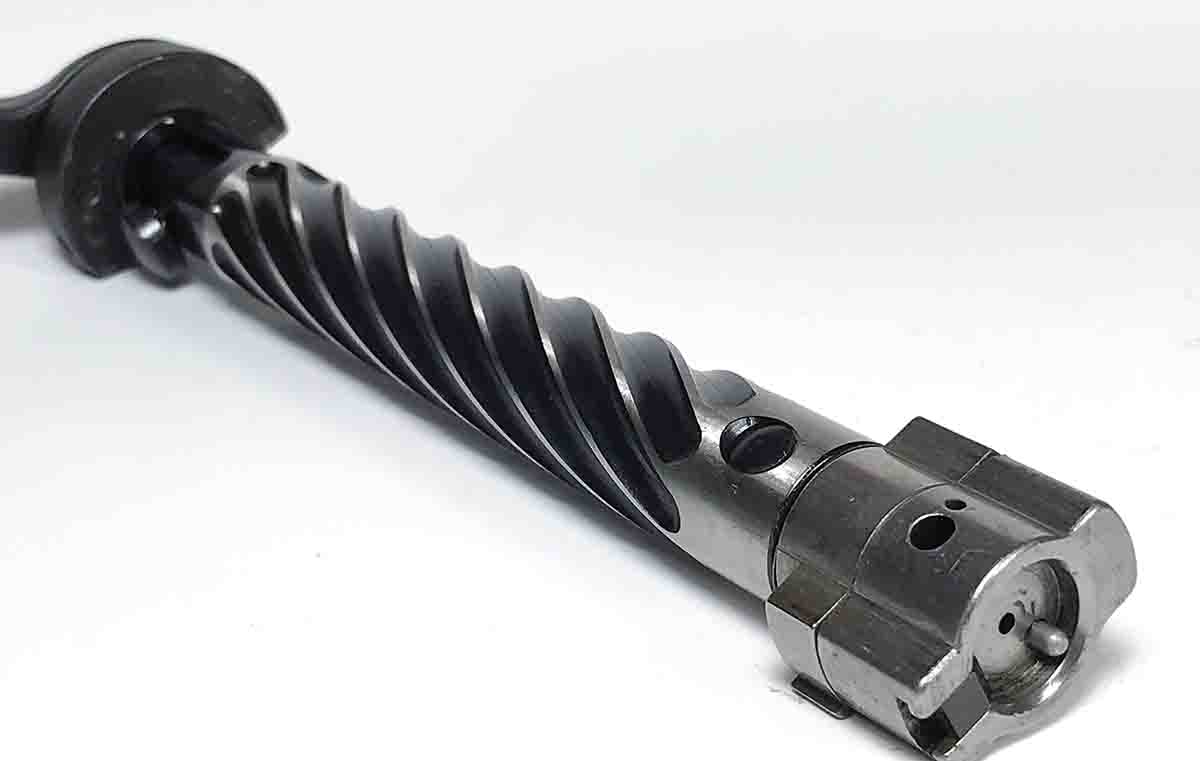
A look with a borescope into the barrel bore after shooting 70 rounds showed short streaks of copper fouling on the top of a few of the rifling grooves. The only noticeable powder fouling was at the front of the chamber throat. Fouling was so slight, the barrel probably only requires cleaning to maintain accuracy after firing perhaps 100 rounds. In fact, the last three bullets of those 70 shots landed in a .68-inch group at 100 yards.
There was not so much as a minor blemish the entire length of the bore. The metal grain flowed with the bore, a result of PROOF lapping the bore. PROOF’s price is $940 for a Savage pre-fit barrel chambered and ready to install in a Savage 110 action, so Savage’s retail price of $1,500 for an Ultralite rifle is quite reasonable.
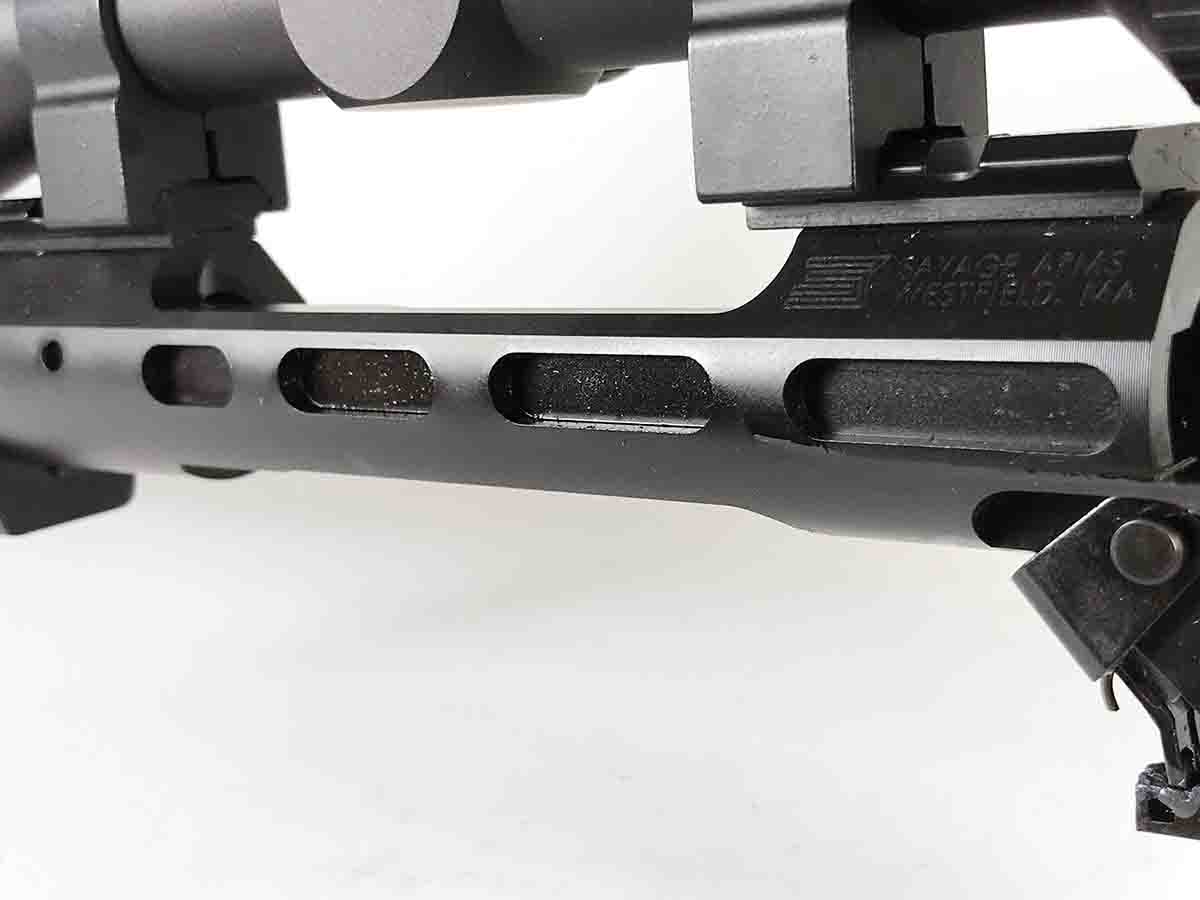
The Model 110 action’s large ejection port is old-school. That wide opening provides plenty of space to drop a cartridge on top of the magazine, load the inserted magazine or clear a jam. The ejection port, and the wide cutout on the bottom for the magazine, leaves only a thin line of steel supporting the right side of the receiver. That may allow the receiver to flex some on firing, and perhaps degrade accuracy.
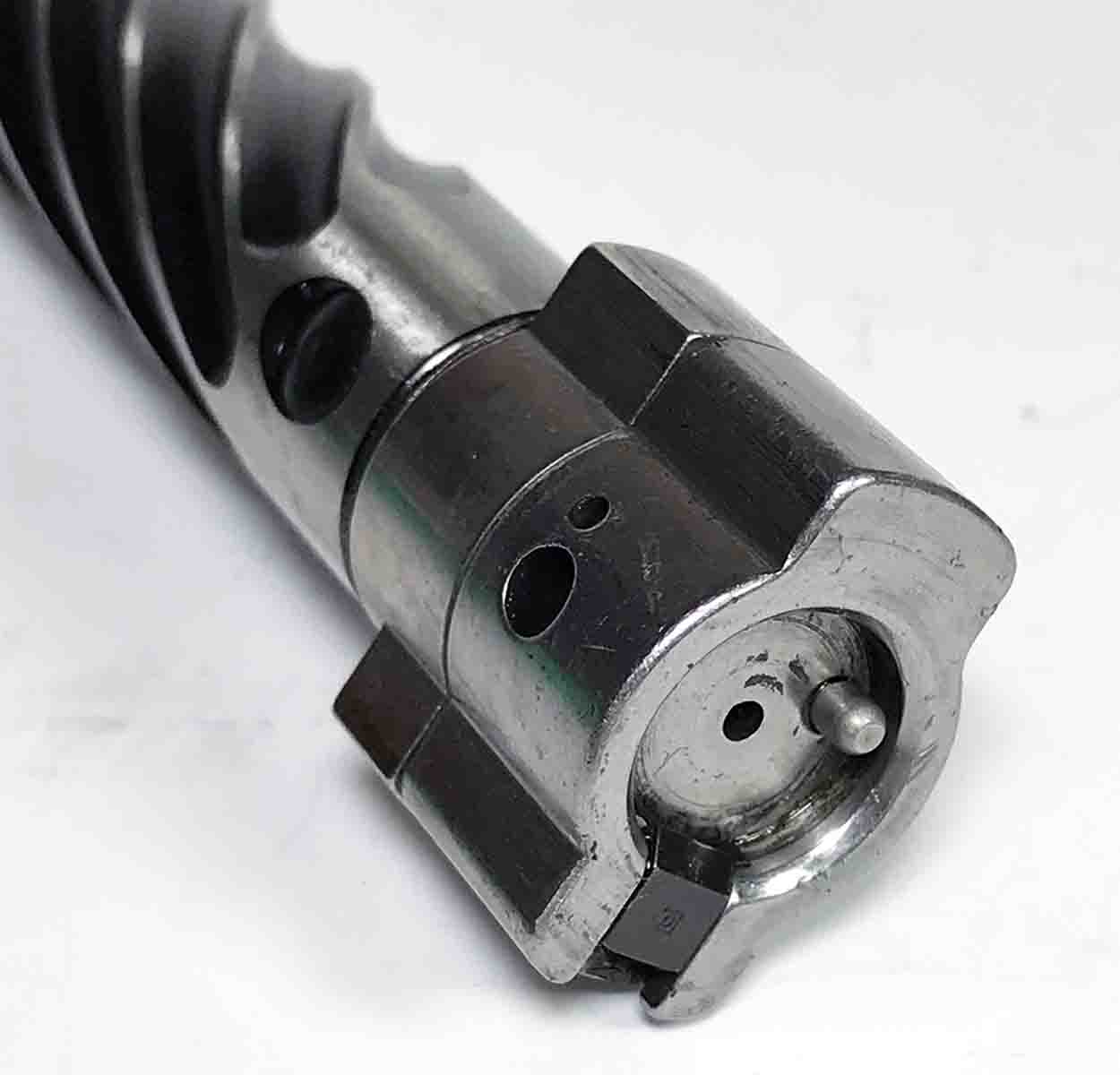
The Ultralite’s stainless steel receiver has a melonite finish that resists scuffing and corrosion. Savage has taken several steps to reduce the receiver’s weight, so the rifle with a standard-length action weighs a couple of ounces under 6 pounds. One is shallow rectangular cuts, four on the left wall and two on the right rear wall. Spirals on the bolt body reduce weight a few more ounces, plus they look cool. The plastic trigger guard and magazine frame probably shave off a few more ounces, compared to steel bottom metal. The Ultralite weighed right at 7.5 pounds with a Meopta Meopro 3-9x 42mm scope, which weighs a pound, clamped on the rifle in steel bases and rings.
The Ultralite’s synthetic stock is what Savage calls a “sporter” with a slender grip and 10-inch long forearm. Rubber panels and decorative bars on each side of the forearm and grip provide a sure hold. The forearm is reinforced with a lattice in the barrel channel. The forearm still has some flex to it. A wide gap between the channel and the barrel, though, keeps the two from touching while shooting with the forearm on a solid rest.
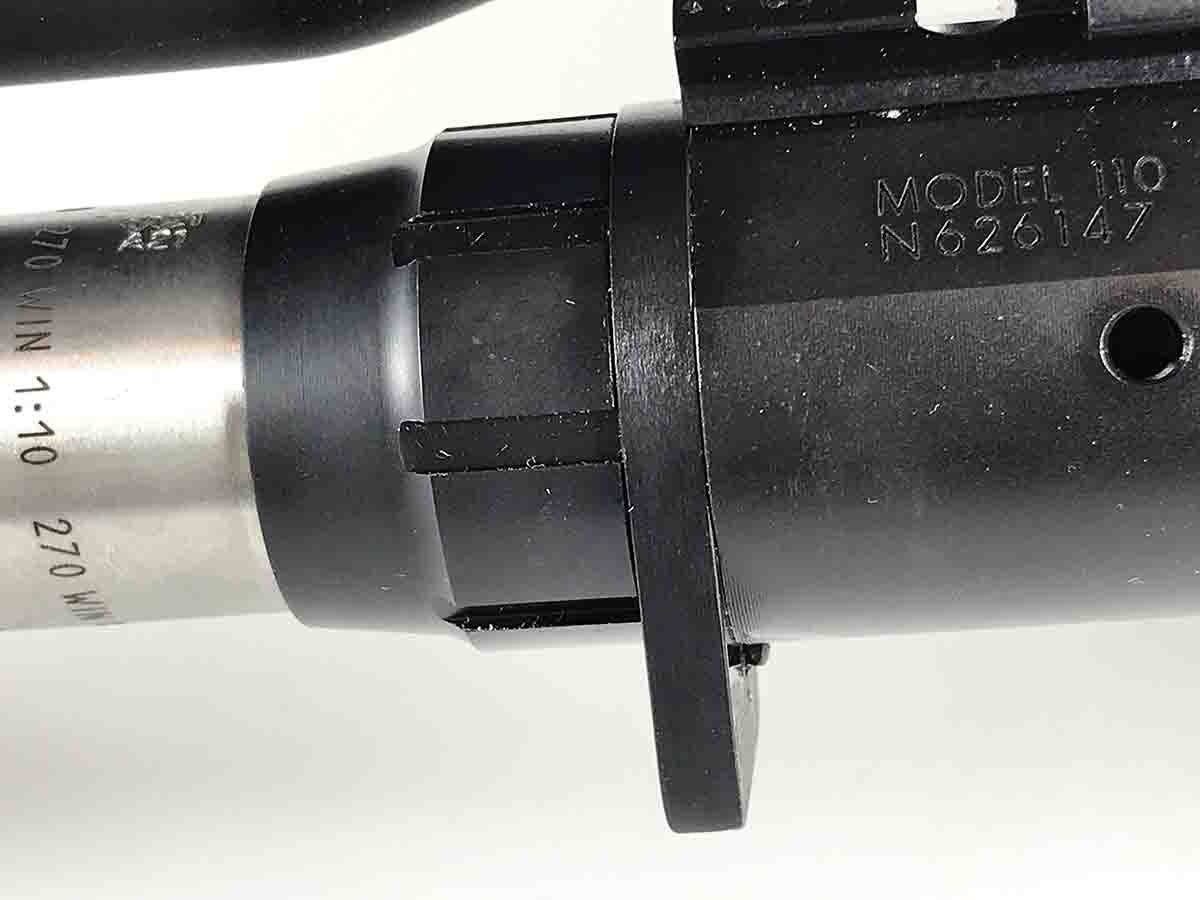
The stock weighs 30 ounces and includes the buttstock capped with an inch-thick rubber recoil pad. The stock’s AccuFit system is comprised of five risers that adjust comb height in .25-inch increments, and four inserts that set length of pull (LOP) from 12.5 to 13.5 inches. A Phillips-head screwdriver is the only tool required to detach and attach the recoil pad and switch risers. I used the lowest riser, which positioned my eye behind the Meopro scope, and a LOP of 13.5 inches.
The Ultralite’s AccuTrigger is adjustable from 1.5 to 4 pounds. The rifle came from its factory box with the trigger set at 2 pounds. There was no creep or overtravel and the trigger, measured five times with a trigger pull gauge, showed release weight varied no more than an ounce. Two pounds was a touch too light for a hunting rifle, so for one of only a few times on a hunting rifle, I increased trigger pull weight. The AccuTrigger pull weight easily adjusted to 3 pounds by using a supplied tool to tighten the return spring at the back of the trigger assembly. I like the trigger, as pulling back on the AccuRelease blade, in the middle of the trigger, lets you know right where you are in the pull and that the next amount of finger pressure will trip the trigger.
I bore-sighted the Meopro scope on the rifle by peering through the bore at a target at 25 yards. With the target aligned with the center of the bore I looked through the scope, and the crosshairs were centered on the target. I turned the elevation dial down a few clicks and fired a shot. The bullet hit slightly below aim. The next bullet hit 2 inches above aim at 100 yards. Eight more downward clicks on the elevation dial, and I was in business.

Berger 140-grain VLD Hunting bullets handloaded with 51.0 grains of Shooters World 4350 powder has been a good .270 Winchester practice load that has shot well in half a dozen .270s. However, the first three Berger bullets the Savage shot hit here and there on a target. I gave it up to fate and moved on to shooting six .270 factory loads.
Every rifle has its ammunition preferences, and so it was with the Ultralite. Federal 130-grain Fusion and Federal 130-grain Power Shok Copper loads shot groups under an inch during the first series of three-shot groups with factory ammunition. The second go-around, those two Federal loads continued to group under an inch, as did Federal Premium 140-grain Trophy Bonded Tip and Federal 150-grain Non Typical Whitetail SP loads. Evidently, the Savage just required some bullets fired through its bore to settle down and shoot its best.
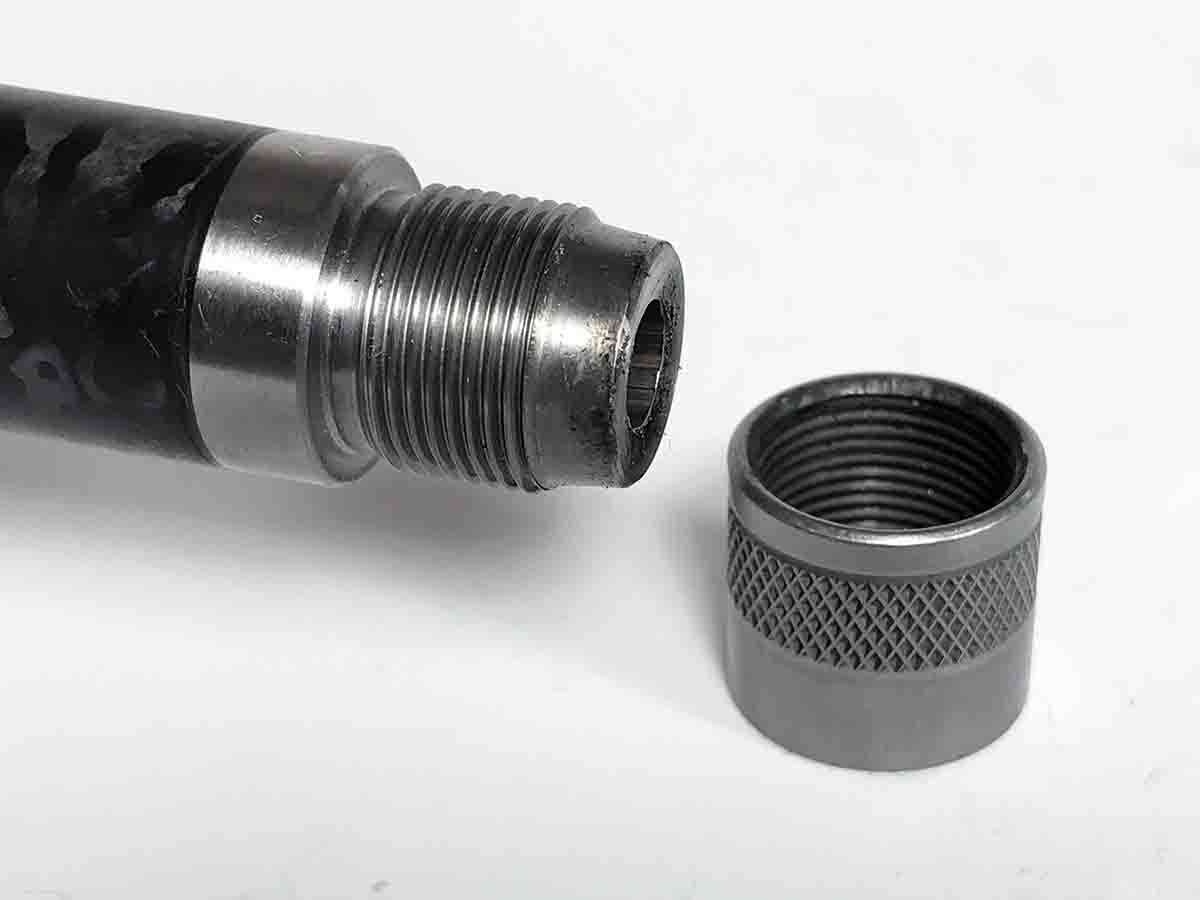
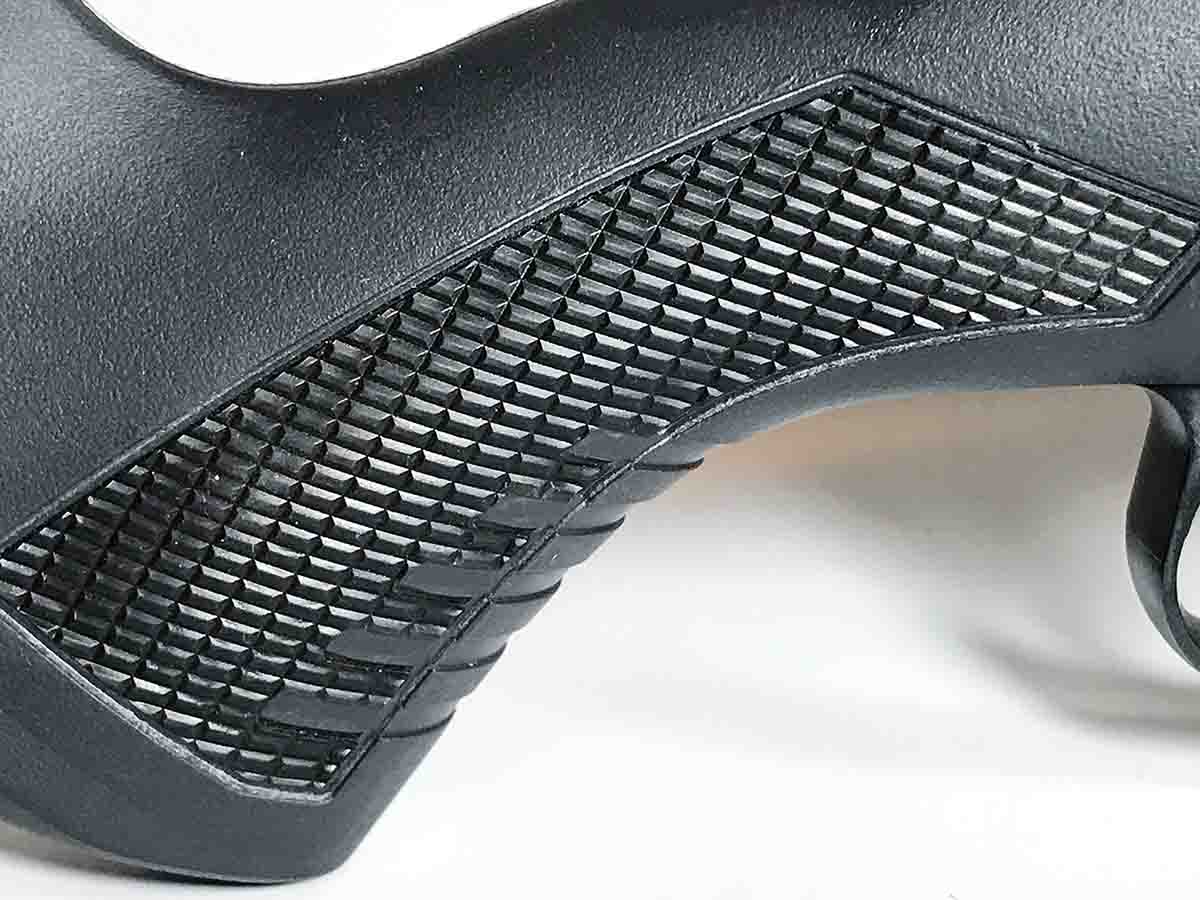
A strong wind blew the next time when shooting the Ultralite. It was mostly a headwind. I shot the Berger SW-4350 load again in hopes it shot more accurately the second time, and it did. Two, three-shot groups measured .76 and .94 inch at 100 yards.
Next, I moved to targets at 300 yards, turned up the Meopro’s elevation dial to compensate for the Berger bullet’s drop out there, and fired five shots with the rifle supported on a bench. The bullets landed in a 2.94-inch circle.
The rifle’s steel magazine holds four .270 cartridges in a staggered stack. Cartridges snap over the lips to insert them into the magazine, which is handy. A cartridge dropped loosely on top of the magazine follower will also feed straight into the chamber by closing the bolt. To shoot prone at 300-yard targets, I loaded three cartridges in the magazine and wiggled in behind the rifle. The rifle was steady when supported on a Harris bipod clamped on the forearm and a sandbag under the toe of the stock. The three bullets formed a 2.94-inch group, which was mostly a horizontal spread. A second time shooting prone, two bullets hit right in the aiming circle. A third bullet hit a couple of inches to the left for a 4.19-inch group. Nobody was around, so I blamed the last shot on the wind.
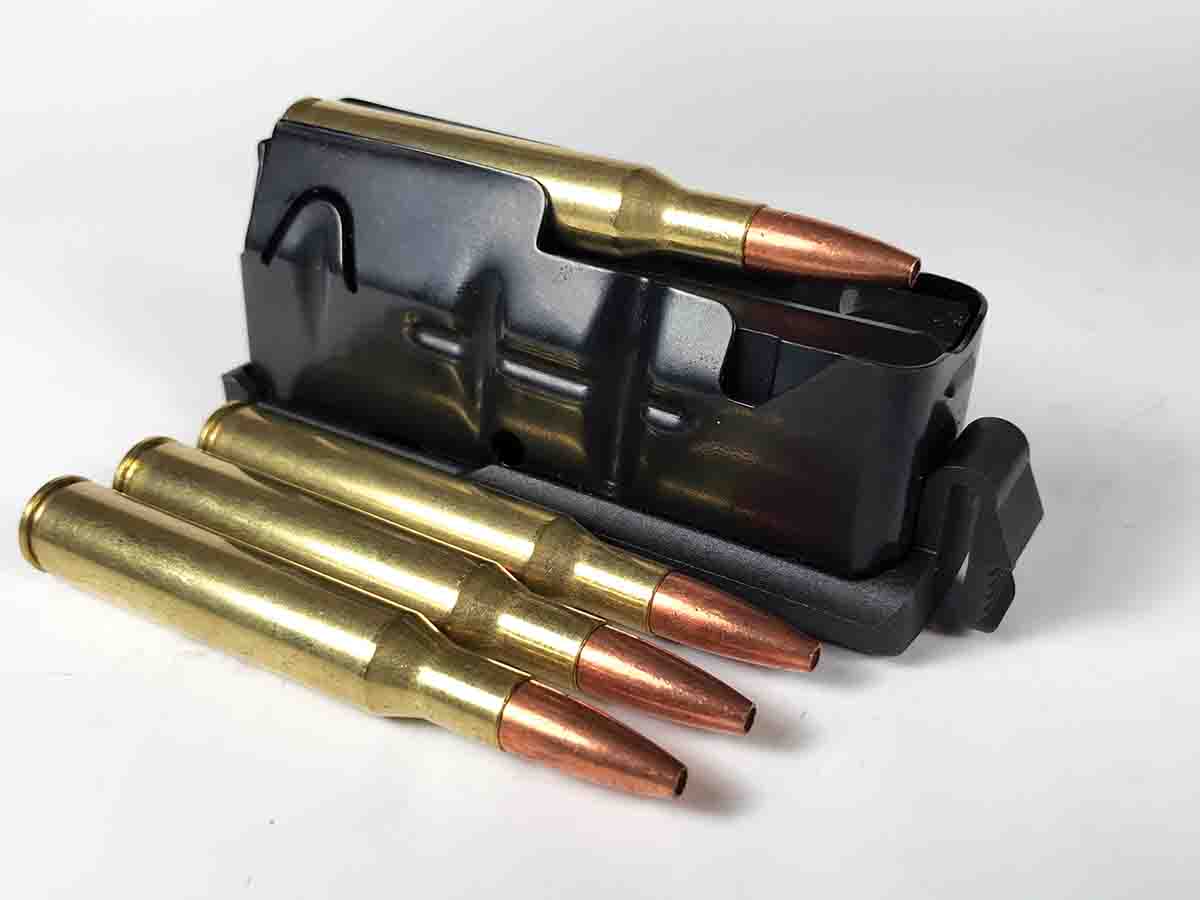
All along, a steel plate silently hung there, taunting me at 100 yards. I loaded the Ultralite’s magazine in preparation to make it ring. Turning down the scope’s magnification to 4x gave the perception of the rifle wobbling less while I held it offhand. That in turn calmed the strain of trying to hold the rifle still, and the reticle settled on the plate. The plate was about half the size as a sheet of notebook paper and one after another, three bullets rang it like a bell. Three more bullets wiped the smug look off the plate.
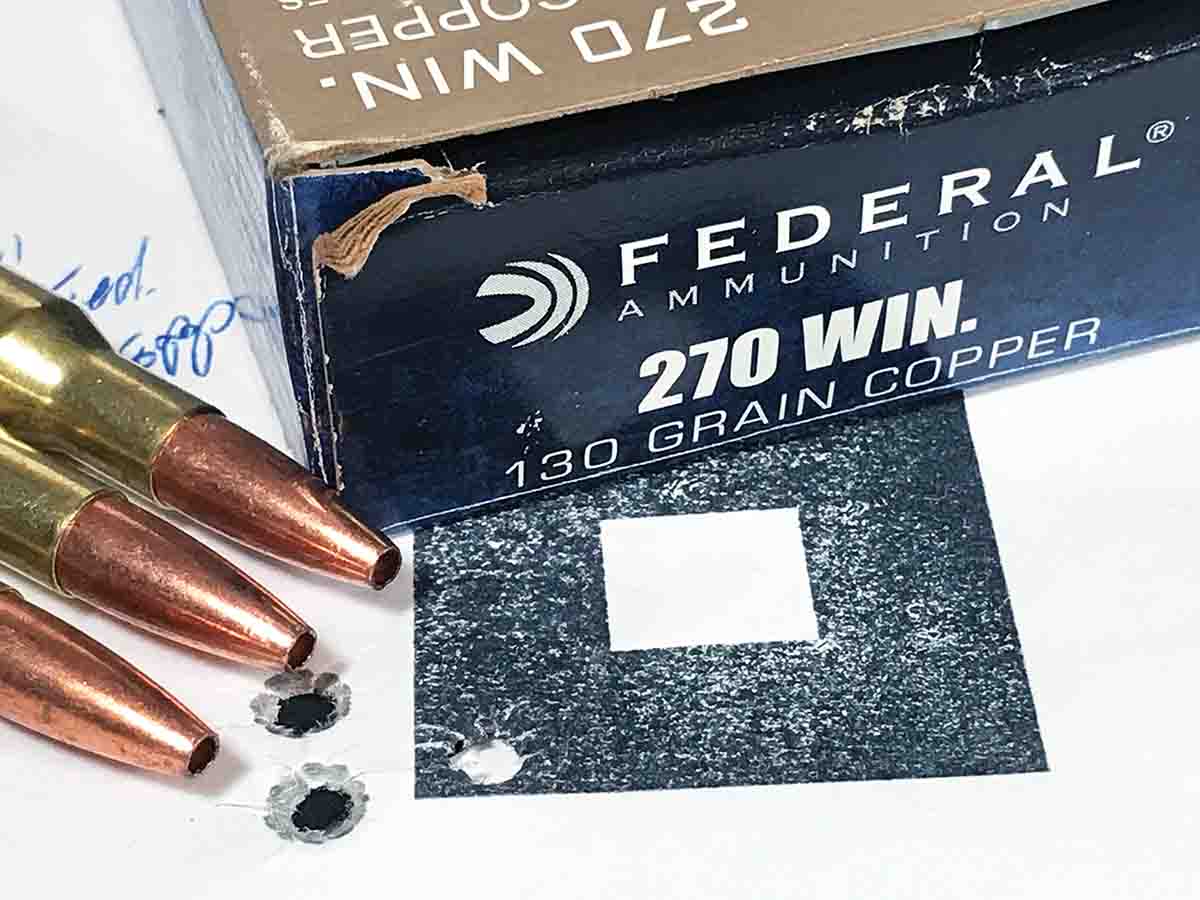
That accurate shooting can be attributed to the Ultralite. The length of pull I chose for the rifle kept the buttstock tight against my shoulder, and the comb height held my head erect. The deep flutes of the nose of the comb cradled the base of my thumb and positioned my index finger on the trigger. As the reticle steadied on the plate, my finger took up the slack of the blade in the middle of the trigger, and I knew the next amount of finger pressure would trip the trigger.
Over five sessions shooting the Ultralite, the first bullet it fired each day hit the same place as subsequent bullets. It did not matter if the barrel was dirty from previous shooting, or clean. While shooting the Ultralite at the bench, I stopped only to reload the magazine, and after every 20 shots or so allowed the barrel to cool enough to dissipate heat that boiled up as mirage and distorted the view through the scope. Bullets never wandered during all that shooting. The barrel nut, that tightly locks its barrel to the receiver, is largely responsible for that first shot landing exactly on aim and the Ultralite’s overall good accuracy during an extended string of shooting. The PROOF barrel probably also had a hand in that.
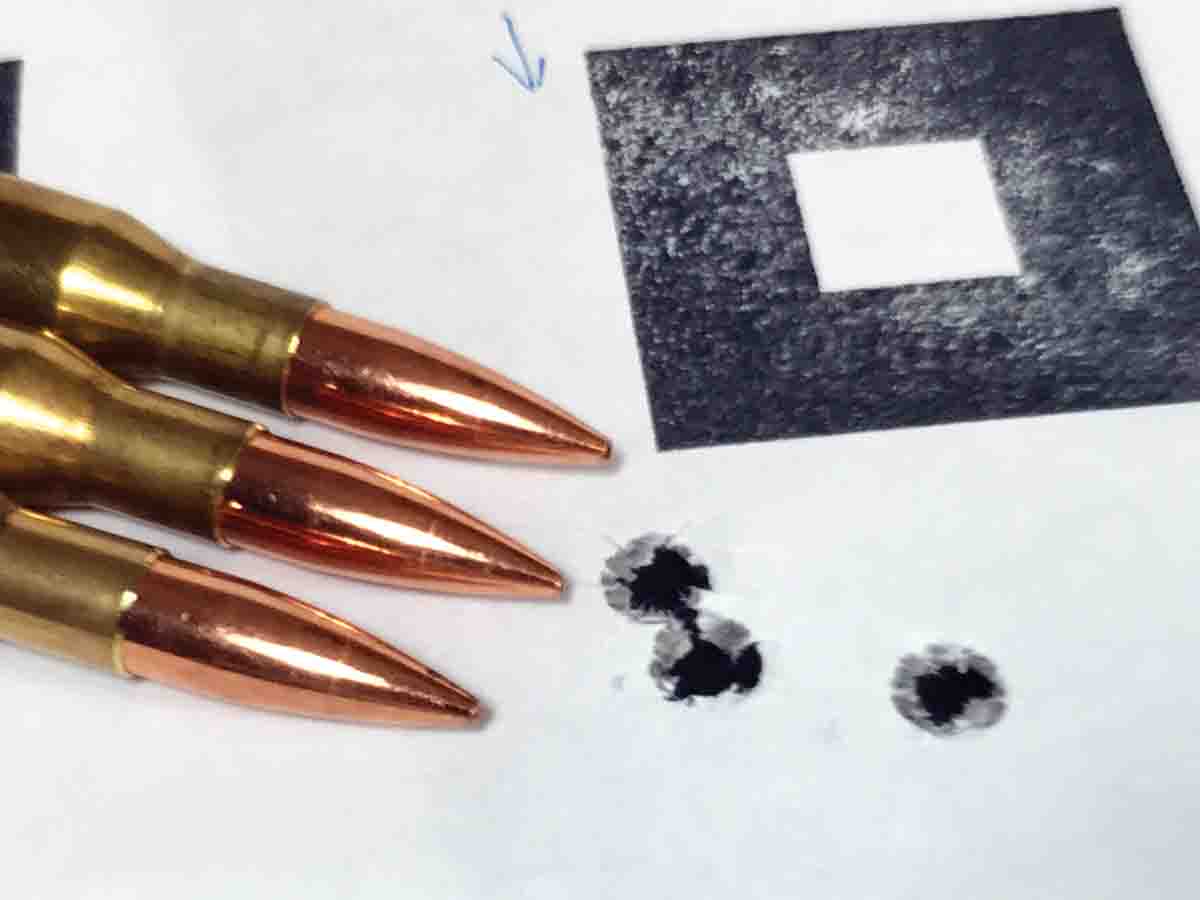
The Ultralite is not exactly a featherweight at 7.5 pounds with the Meopro scope. In fact, the rifle looks heavy with the large PROOF carbon-wrap barrel. Held in the hands, though, the rifle balances properly and is steady at the shoulder. Its weight is just right to temper the .270’s already mild recoil, and it’s a rifle to carry all morning up an elk mountain then take an improvised rest when the time arrives to make that first shot.
In addition to the .270, the Savage Ultralite is also chambered in 6.5 Creedmoor, 6.5 PRC, .280 Ackley Improved, .28 Nosler, .308 Winchester, .30-06 and .300 Winchester Short Magnum.


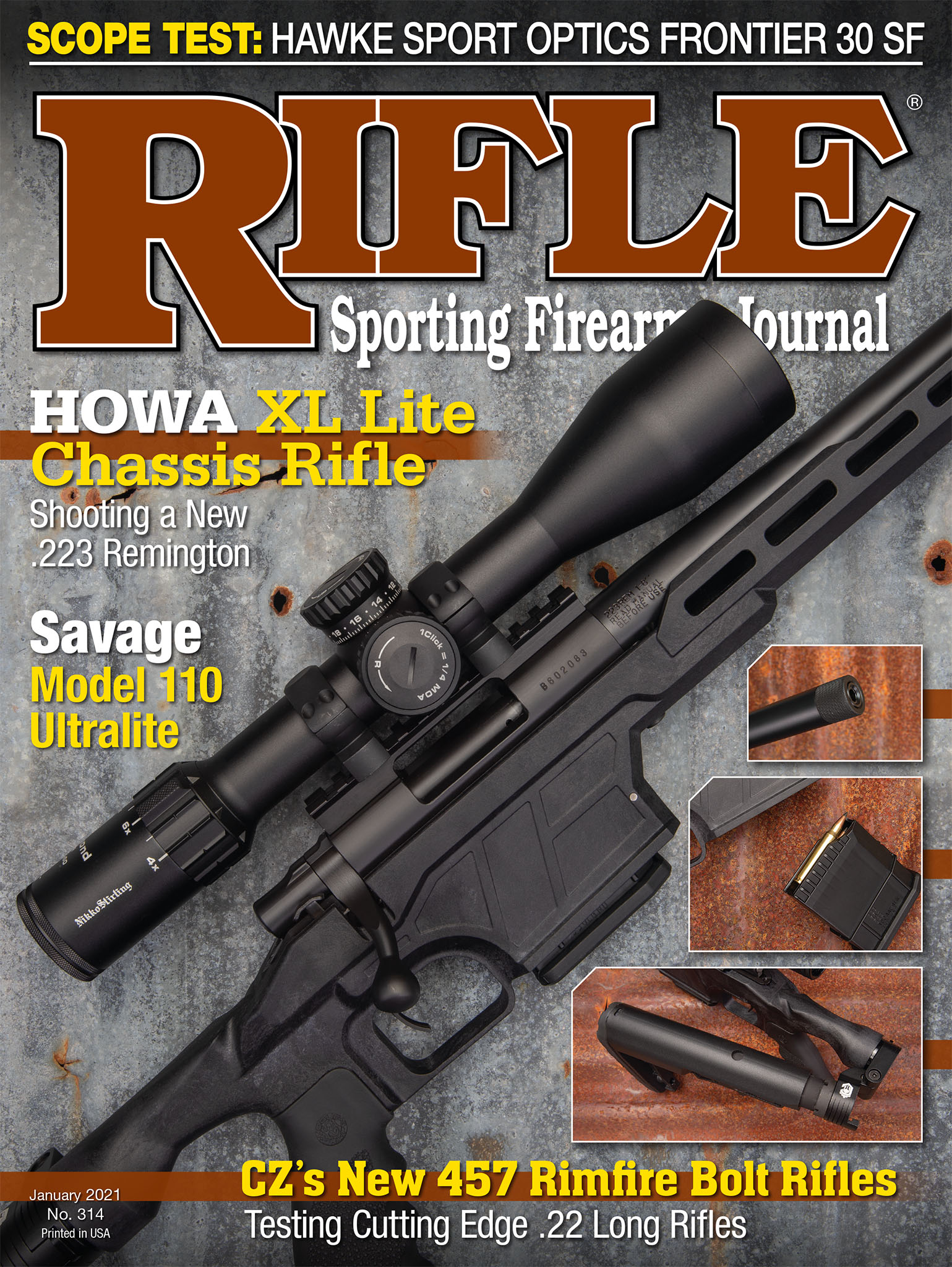
.jpg)